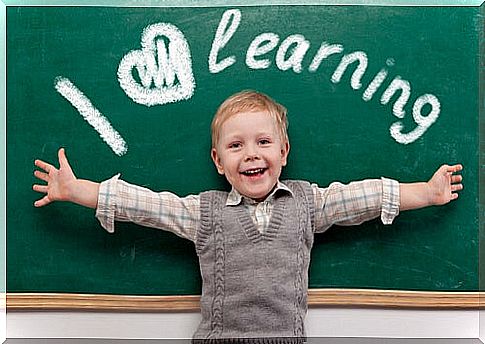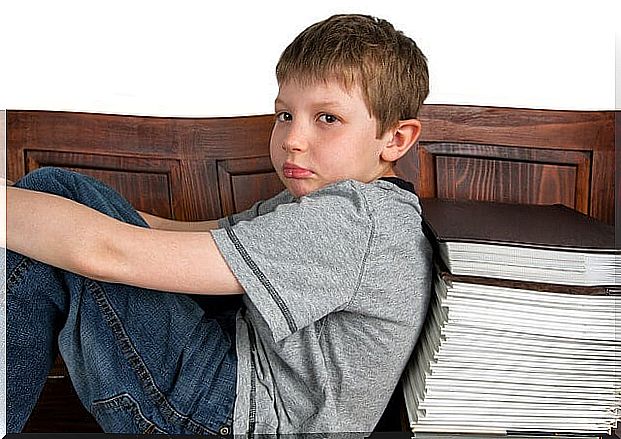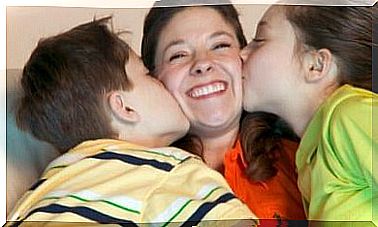Kumon Method: An Autonomous Learning System

The Kumon method is a Japanese learning system that seeks to develop children’s learning potential. It is based on two programs: one for mathematics and the other for reading.
This method, rather than pursuing the acquisition of specific skills, aims to prepare the student for autonomous learning. This would be achieved by acquiring a habit of continuous study and with an individualized learning plan.
How did the Kumon method come about?
The Kumon method was created by the Japanese Toru Kumon in 1954. This teacher initially began developing a mathematics program, since his son had difficulties with this subject. Later he would also create a reading or language program, giving rise to the current system.
Kumon firmly believed that every child has potential to excel and skills yet to be exploited. For this reason, a learning system was necessary that would allow the capacities of each child to be expanded to the maximum.

The objectives of this learning
The practice of this method focuses on an individual and personalized study plan, in which each student progresses at their own pace. Following Professor Kumon’s philosophy, children achieve:
- Mastering the most basic concepts of mathematics and language.
- Improve concentration, organization and study habits.
- Develop your full potential.
- Increase self-confidence and self-discipline.
- They will feel more motivated and satisfied on a personal level.
- They will be self-taught, they will be able to study by themselves.
What is it based on?
This system has two branches – mathematics and language – and in each of them the progress and treatment of the subject are, logically, different. In both cases, you start with exercises that gradually progress and become more complicated.
The method for mathematics is based on the repetition of basic exercises, such as addition, subtraction, multiplication and division. These exercises will become progressively more complex until reaching an advanced level. In language, on the contrary, the stages of reading and word formation are focused.
The keys to this learning are continuous study and a self-taught approach. The teacher will actually be a counselor, reinforcing children’s weaknesses and scheduling homework. Occasionally he may “give clues” to propose the resolution of the activities, but he will not teach as such.
At what age to start?
One of the main characteristics of the Kumon method is that there is no age to start. Although it is recommended to start as soon as possible, it can be applied at any time, developing the potential of each student from early childhood education to university.
Each one studies at the most appropriate point of their ability, without the limitations of age or school level. In this way, quietly and gradually, students can enjoy learning and the satisfaction of achieving good results with the effort invested.
What is valued with the Kumon method is the ability to learn by itself, self-study. The study is carried out through reading and thinking, reframing the problems until arriving, alone, at the solution.
The key role of parents
Although the goal is to make children self-taught and capable of solving any challenge, they are not completely alone in this process. This methodology could be compared to a triangle, whose vertices would be the student, the counselors and the parents.

The family is the key support of children, especially during the first years of their life. In the case of the Kumon method, parents also have a fundamental role, which focuses on two tasks:
- Perform the rating of the exercises that your children solve each day at home. It won’t take long, and sharing that study time with kids can increase the personal satisfaction they get from doing homework well.
- Continuously motivate children. Studying is not fun for most children, and less if learning is after school (as proposed by the Kumon method). Therefore, valuing the effort invested every day and encouraging them will be the main task of parents.
Where can the Kumon method be studied?
There are currently more than 200 centers distributed in Spain. Some of them are located in the schools themselves, which teach this system as an extracurricular activity. Others are their own centers, created exclusively to develop the Kumon method.
If what you want is to help your child improve his school performance, do not hesitate, the Kumon method is one of the best alternatives for it.










